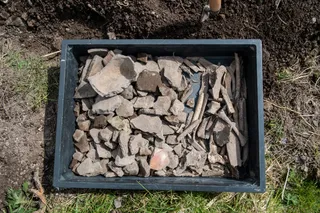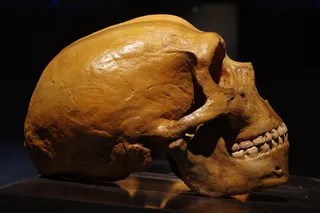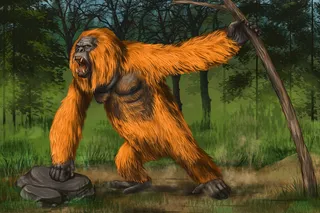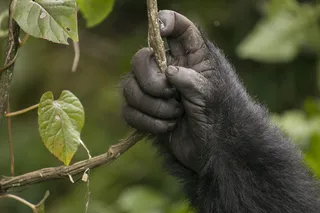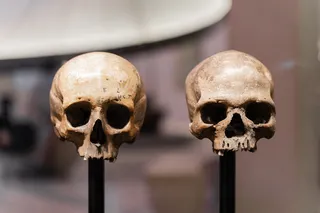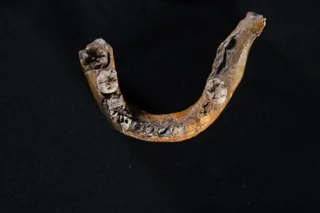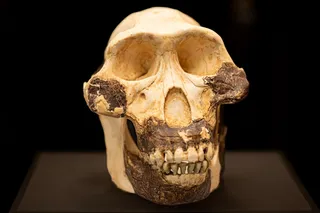We’ve known for some time now that Homo sapiens and Neanderthals, also known as archaic humans, interbred before Neanderthals went extinct around 40,000 years ago. In fact, in some ways, Neanderthals never went extinct because modern humans are still made up of around 3 percent Neanderthal DNA.
But many questions still linger around where these two groups got together and what their interbreeding might have looked like.
Previous research has highlighted a key migration point for H. sapiens after they left Africa.
Modern humans first landed on the Persian Plateau between 60,000 and 70,000 years ago but didn’t spread into the rest of Europe and Asia until around 45,000 years ago.
Now, new research published last month in Scientific Reports has reconstructed the places where H. sapiens and Neanderthals came together and interbred between 120,000 and 180,000 years ago.
Using modeling that included areas where both H. sapiens and Neanderthal ...





